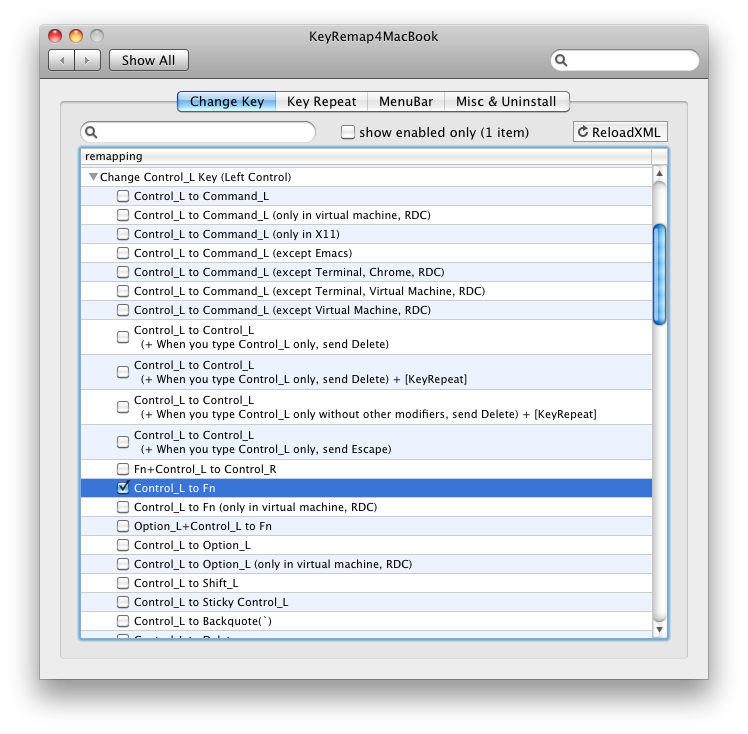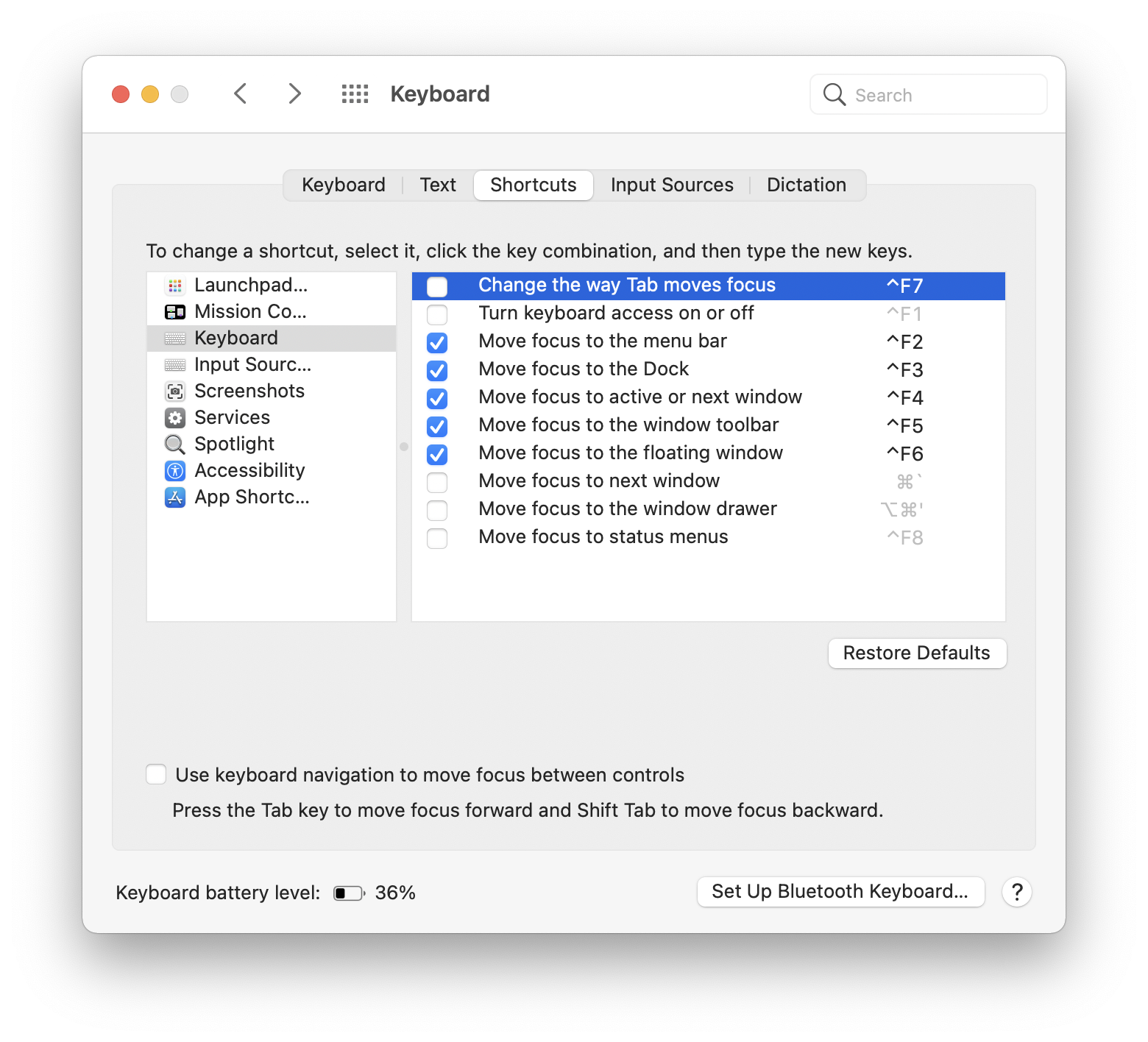

- #Keystroke recorder for mac os x install
- #Keystroke recorder for mac os x password
- #Keystroke recorder for mac os x Bluetooth
- #Keystroke recorder for mac os x download
If someone else administers the Mac you’re trying to start up in Recovery mode, they may have set up a firmware password.
#Keystroke recorder for mac os x password
#Keystroke recorder for mac os x Bluetooth
#Keystroke recorder for mac os x install
They all start your Mac in Recovery mode, but they differ in the version of macOS they install when you choose the Reinstall macOS option. In addition to using Command-R to restart an Intel Mac in Recovery mode, there are other key commands you can use. Other key commands for macOS Recovery mode Press and hold the power button until you see the startup options screen.You should now see the macOS Utilities window.Type in your admin name and password when prompted.Release Command-R when you see the Apple logo or another image.Press and hold Command-R, then press the power button.The process to start your Mac into Recovery mode differs slightly between Intel and Apple silicon Macs. You can also access additional tools like Startup Security Utility and Terminal through the Utilities menu bar.

It has a pared-down user interface that provides access to its functions through a tool called macOS Utilities that appears on the startup in the macOS Recovery. The Recovery mode can be used to repair your boot disk, reinstall macOS, restore your Mac from a Time Machine backup or perform other operations on your boot drive. One of the less common reasons for using Recovery mode is to perform an operation in Terminal – such as disabling security integrity protection (SIP) – that you can’t perform on the partition you have booted from. You may also need it if you want to restore your entire Mac from a Time Machine backup. You would then use Recovery mode to reinstall macOS.


The most likely reason you will need Recovery mode is if your Mac won’t boot normally or if it is frequently crashing and you can’t find any other reason. In addition to a Recovery partition on your boot drive, Apple also hosts one on its servers, so if you can’t boot into the local partition, you can use Internet Recovery mode and boot into that one. The Recovery partition is a hidden section of the boot drive that houses a bootable installation of the latest version of macOS installed on your Mac. Recovery mode is the name given to the mode of operation your Mac enters when you boot into its Recovery partition. But what is the Recovery partition, what does it do, and how do you use it? We’ll answer these questions and more in our ultimate guide to Mac Recovery mode. That’s unnecessary now, thanks to the Recovery partition created on every Mac that runs macOS Lion or later. Not so long ago, if the boot drive on your Mac ran into problems that needed to be fixed by Disk Utility or third-party software, or you needed to reinstall macOS, you would have to boot your Mac from an external drive or even a DVD. But to help you do it all by yourself, we’ve gathered our best ideas and solutions below.įeatures described in this article refer to the MacPaw site version of CleanMyMac X.
#Keystroke recorder for mac os x download
So here's a tip for you: Download CleanMyMac to quickly solve some of the issues mentioned in this article.


 0 kommentar(er)
0 kommentar(er)
